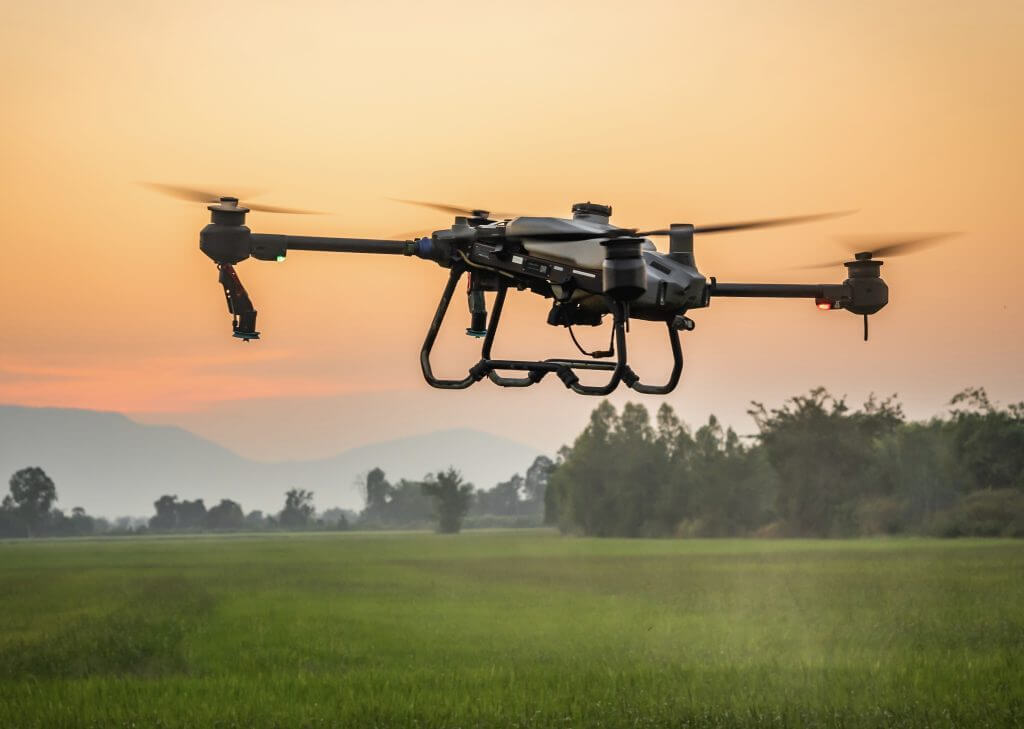Getting a drone insurance quote seems simple, until you realize how much can go wrong.
You submit your details.
You get a price.
You bind a policy.
Easy, right?
Not exactly.
Because unless the quote matches how you actually operate, there’s a chance your policy won’t protect you when it matters most.
In this guide, we’ll show you how to get a drone insurance quote that’s accurate, affordable, and built to perform in a real-world claim.
Step 1: Know What Carriers Need to See
Before you can get a legitimate quote, underwriters need to evaluate your risk profile. That includes:
- Your drone details (make, model, serial number, value)
- Pilot experience (license level, training history, hours)
- Operational use (agriculture, mapping, cinematography, etc.)
- FAA waivers and certifications (Part 107, Part 137, 44807, etc.)
- Planned flight environments (urban, rural, over people, BVLOS)
- Desired coverages (liability, hull, payload, equipment, etc.)
The more specific your info, the better your quote.
Step 2: Define How You Use Your Drone
This is where most operators mess up.
If you tell your broker:
“Just general commercial use,”
you’re likely to get a limited quote that misses key exposures.
Instead, define your operations clearly:
- “Spraying row crops in West Texas with a DJI Agras T50”
- “Mapping real estate developments using RTK drones”
- “Flying synchronized light shows at public venues”
The more detail you provide, the better your broker can:
- Match you with the right carrier
- Recommend endorsements (like Part 137 or night ops)
- Avoid policy exclusions that could nullify your claim
Step 3: Understand What Coverage You Need
A quote is only useful if it includes the right protections:
Liability – Covers injury or damage to others
Hull – Covers damage to the drone itself
Payload – Covers sensors, cameras, sprayers, etc.
Additional Insured – Lets you list clients, landowners, event organizers
Certificates of Insurance (COIs) – Used to prove coverage on demand
If you skip one of these, your quote might be cheaper—but also useless in an actual incident.
Step 4: Work with a Specialist Broker
Most general insurance agents don’t understand drones.
They don’t know:
- How FAA waivers work
- What underwriters look for in light shows or ag spraying
- Which markets cover drones over 55 lbs
That’s why a broker who lives and breathes drone insurance makes all the difference.
At BWI, we:
- Work with every major drone insurance underwriter
- Understand complex use cases and waiver documentation
- Turn around most quotes in 24–48 hours
- Issue same-day binders and COIs
Step 5: Review the Quote Before You Bind
Before you accept and pay for a policy, review it closely:
- Does it name your business or individual correctly?
- Are all drones and serial numbers listed?
- Are your coverages and limits correct?
- Are your endorsements (like Part 137) included?
- Are your additional insureds or COIs prepped?
If something looks off, ask questions. It’s better to delay binding than discover an issue during a claim.
Real-World Example: The Wrong Policy for the Right Drone
A cinematography drone operator submitted a quote request to another broker.
They provided:
- Make/model
- Liability limit
- Equipment value
But they didn’t mention they were flying over stadium crowds for concerts.
The policy they received excluded operations over people.
Had they flown under that policy and had an incident, the claim could have been denied.
We helped them rewrite the quote, add the 107.39 waiver, and secure a compliant policy, before the event.
Final Thoughts: Don’t Just Get a Quote. Get Covered.
A fast quote is worthless if it doesn’t actually reflect your operation.
The best drone insurance quote is:
- Built around your use
- Includes all required coverages
- Comes from a broker who knows your industry
If you want a quote that’s built to protect your business, not just check a box, reach out to BWI.
[Get a Drone Insurance Quote from BWI Today]
Continue Reading



